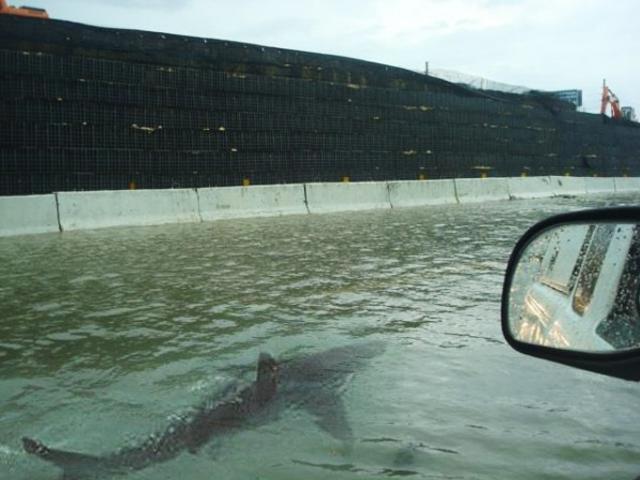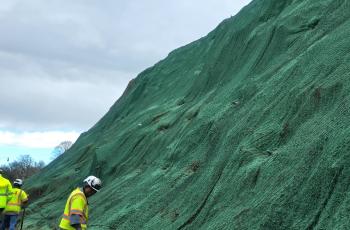Retaining Customer Trust in an Era of Fake News

Imagine a future with realistic audio and video clips of people saying things, but these are things they never actually said. And imagine these clips being produced by the thousands, with no need for specialized equipment or advanced training.
We’re almost there already. I nearly stopped in my tracks recently during a long run, listening to a Radiolab podcast on this topic. The technology isn’t perfect, but it’s close. Fake news is about to become real. Misinformation, of course, is already real: it’s scaring the public during emergencies and affecting overseas elections.
As a former television journalist who has built a career out of communicating with audiences, this latest development gives me shivers. For generations, recorded sounds and pictures have been the gold standard for reinforcing credibility and a check on the powerful. Many a career has been sunk with an open microphone, or redeemed with a good speech. All of this now stands to change.
In the water sector, we have an awareness gap. A life-giving service is backed by underfunded, aging infrastructure. Yet most of our customers don’t give us enough thought. A main break outside, a water quality issue inside, a bill to pay once a quarter or once a month. I’ve argued for years that water and wastewater utilities should dedicate more resources to connecting with their customers. Customers must shoulder the rate increases and quality-of-life disruptions that the infrastructure upgrades will require, so our service can stay reliable for future generations. Asking them to shoulder all of that requires a tremendous amount of goodwill. Goodwill requires awareness.
So, how to bridge that gap in an era of fake news, when trust in public institutions remains low? Good news: you don’t have to lash yourself to a telephone pole in a hurricane.
Meet the audience where they are.
Where is the audience spending time? Go to them. Show them your utility’s role in the community you have in common.
Community meetings, town halls and large neighborhood events are more important than ever. Opportunities for face-to-face interaction cannot be faked. You support jobs, economic development, environmental stewardship and even life itself. Share this message when you’re in front of your constituents, and share their response with your upper management.
What is of most concern to your stakeholders? Is it rising rates? Neighborhood quality of life issues? One-on-one interactions, whether in person or even on social media, are a valuable source of information on how well you’re doing.
Tell your own story.
Someone will tell the story of what your utility does. You want that someone to be you. In an information vacuum, the loudest and most persistent voices carry the day. Think of your most adamant opposition: the environmental advocate who contends your wastewater plant is contaminating the waterways it’s supposed to protect. The parent with premise plumbing issues who insists your whole distribution system is the culprit. The fluoride opponent, the aggrieved former employee, you get the picture. These are the folks who are talking about your work in public. The countervailing narrative needs to come from the utility itself.
You need to have advocates in government, in community organizations and on your own staff to carry the key messages out to the public and tell your utility’s story. Same goes for local mass media and bloggers.
While you’re at it, leave the engineers to the engineers and let your communicators do the communicating. Yes, ours is a world of consent decrees, as-builts and contract extensions. But you need a professional team to make the technical work understandable and appealing to a lay audience.
Narrow the message and be specific.
A public utility competing for eyeballs has a tough road ahead. Opportunities for paid, targeted advertising abound, but funding is limited. You’re too busy to become a meme factory. You have to be selective about what, when and how you communicate.
One way to do this is to use brief, simple, specific messaging.
Tie your communications strategy to your organization’s strategic plan, or to a road map made up of your board and leadership’s objectives. Rank them in order of priority. And send no more than one message per audience at a time. You’ll probably have some pushback from departments and programs within your agency, because everyone craves the gratification that comes from public attention. But just like an organization with 1,000 priorities has no priorities, an organization with 1,000 stories has no story.
Be real.
Perhaps the best anecdote to fake news, for a utility, is simply to be real. Be authentic. Transparent. Responsive. Respond quickly even when you don’t have all the facts, to show you’re listening and to start a dialogue. Come back with the rest of the information later. It’s better to issue an alert about a potential health or service issue and roll it back, than to come in late or do only the minimum required by law or regulation.
And don’t be afraid to have an edge or a sense of humor in your communications. We’re in a serious business, but there are silly aspects to what we do. This is another way to surprise and delight our customers.
All is not lost. Americans reserve their highest marks for local government, compared to government at the federal or state levels. As water and wastewater professionals, we’re closer to home than the institutions that have lost their luster in opinion polling. In fact, we’re in their homes.
We just need to remind them of how and why, and do it more often.





